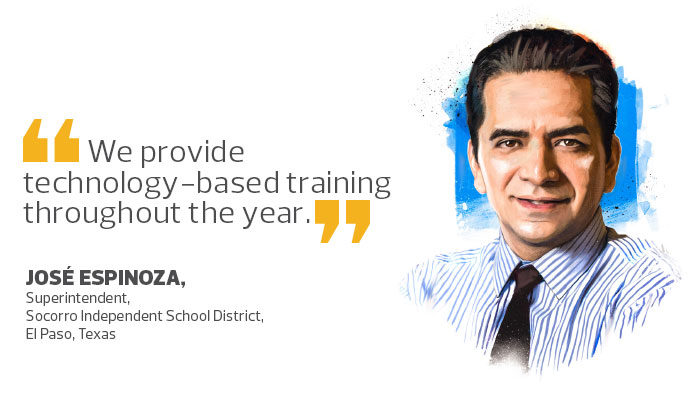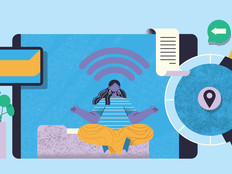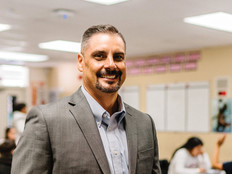Q&A: José Espinoza on Creating a Level Playing Field for All Students
At Socorro Independent School District, stretching the budget to include adequate tech training for students and teachers alike is highly important. We talked with superintendent José Espinoza about how the district has sought digital equity with limited funds.
EDTECH: What does “digital equity” mean to you?
ESPINOZA: Digital equity means breaking barriers and creating a level playing field regardless of economic status, so that all students have the technology they need available at school and at home. It also means we ensure that our teachers are prepared appropriately so they can provide all students with the most cutting-edge instructional lessons in a digital format.
EDTECH: What are the biggest challenges to achieving digital equity, and how do you meet them?
ESPINOZA: For Socorro Independent School District, the biggest challenge is the allocation of adequate budget and training for students, teachers and administrators. One of the ways we meet that is by hiring instructional technology specialists who provide support for our campuses through onsite professional development and embedded coaching.
EDTECH: What is the most vital piece of technology for enabling this?
ESPINOZA: There really is no single piece of technology that enables digital equity. One-to-one devices open new doors to digital learning and give 21st-century learners equitable access to mobile technology, but they require a robust enterprise-level Wi-Fi network. Cloud-based curricula, mobile applications and single sign-on technologies also play integral roles in bringing learning to the student anywhere, anytime.

EDTECH: How important is teacher training?
ESPINOZA: One of Socorro’s major strategic directions targets the hiring, support and development of highly effective faculty and staff. It’s a core component of our operations, which is why we provide technology-based training throughout the year, along with an annual technology conference and individual campus instructional coaches.
The Technology Services Department works in collaboration with the Academic Services Department to ensure that the process of incorporating a blended learning environment is as seamless and effective as possible.
EDTECH: What role do parents play in achieving digital equity, and how do you get them on board?
ESPINOZA: Parental support is necessary for the seamless integration of technology at school and at home. We offer multiple forums for parents to communicate directly with campus and district leaders through community events, open houses and parent meetings. When parents are unable to provide computer or internet access at home, we offer our one-to-one device initiative and our WIN Academies for the most at-risk populations. Additionally, portable hotspots are provided for checkout for families in need of Wi-Fi access.
By allowing our community to have a voice, Socorro ISD has been able to establish the trust needed to ensure our students get the most consistent and reliable access to technology and resources that will lead to their success once they graduate from our district.
EDTECH: How do you know your efforts are working? How do you measure success?
ESPINOZA: We measure success with usage reports for applications, devices and network traffic, along with student attendance and academic progress. But the most meaningful metrics are conversations that we have with students, faculty, staff and parents, where they tell us their personal experiences from the increased access to technology. Through them, we find out the stories behind the numbers, which point us in the right direction as we make adjustments to the technology services we provide.
EDTECH: What's the coolest or most exciting thing your district is doing to achieve digital equity?
ESPINOZA: The coolest thing Socorro ISD is doing to achieve digital equity is providing our students with hotspots. The thing that excites me is that our district considers all students when deciding which school is next to join any digital initiative we roll out. We’ve created the Technology Advisory Committee to give everyone a voice on what is implemented in our district. Everyone has a voice, and that is exciting.
Part of the Rise to the Challenge series of interviews with top experts in K–12 education.








